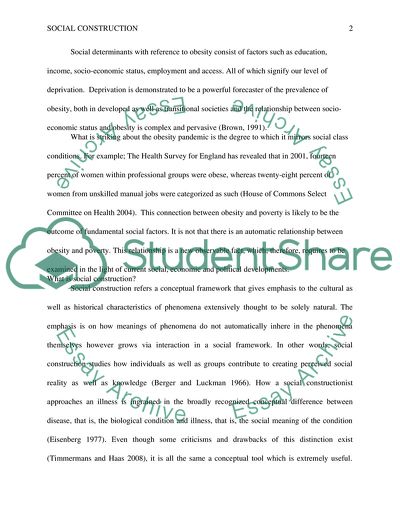Cite this document
(What Does It Mean to Say that Obesity Is Socially Constructed Essay, n.d.)
What Does It Mean to Say that Obesity Is Socially Constructed Essay. https://studentshare.org/sociology/1823019-what-does-it-mean-to-say-that-obesity-is-socially-constructed
What Does It Mean to Say that Obesity Is Socially Constructed Essay. https://studentshare.org/sociology/1823019-what-does-it-mean-to-say-that-obesity-is-socially-constructed
(What Does It Mean to Say That Obesity Is Socially Constructed Essay)
What Does It Mean to Say That Obesity Is Socially Constructed Essay. https://studentshare.org/sociology/1823019-what-does-it-mean-to-say-that-obesity-is-socially-constructed.
What Does It Mean to Say That Obesity Is Socially Constructed Essay. https://studentshare.org/sociology/1823019-what-does-it-mean-to-say-that-obesity-is-socially-constructed.
“What Does It Mean to Say That Obesity Is Socially Constructed Essay”. https://studentshare.org/sociology/1823019-what-does-it-mean-to-say-that-obesity-is-socially-constructed.


